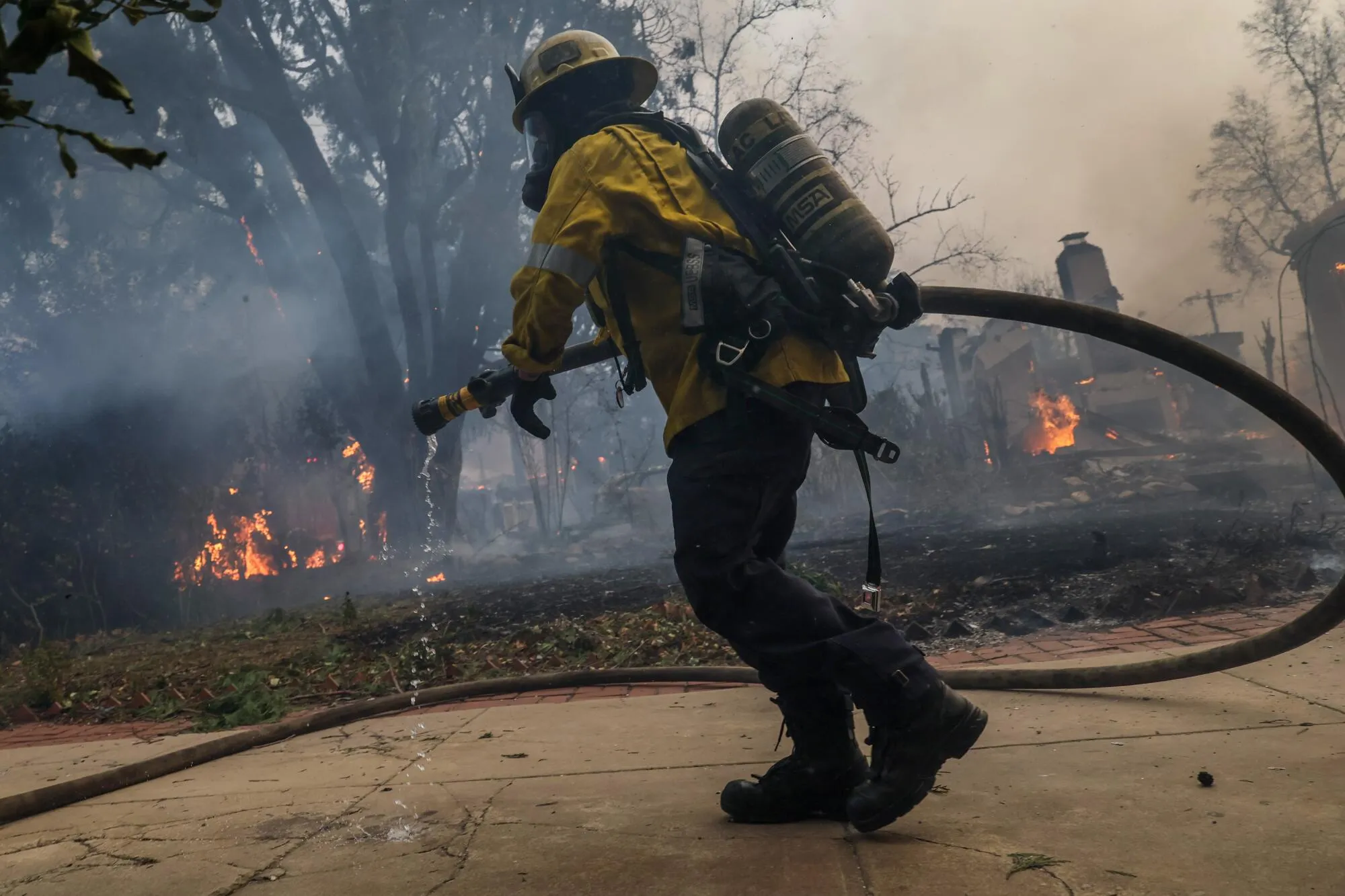California Wildfires Expose Critical Fire Hydrant Failures: What You Need to Know
In a devastating revelation that has shocked California residents, recent wildfires in Los Angeles have uncovered a critical infrastructure vulnerability that could have catastrophic consequences for emergency response efforts. The Los Angeles Department of Water and Power (DWP) is now facing intense scrutiny after multiple fire hydrants ran dry during one of the most destructive wildfire seasons in recent memory.
The Shocking Water Supply Breakdown
During the recent Palisades fire, firefighters encountered a nightmare scenario that exposed the fragility of the city’s water infrastructure. Demand for water was four times higher than normal, causing an unprecedented strain on the local water supply system. All three large water tanks supplying the Pacific Palisades area completely ran dry, leaving firefighters with limited resources to combat the rapidly spreading flames.
Key Challenges Revealed:
- Infrastructure Limitations: Local water systems are typically designed for small-scale fires, not the extensive demands of modern wildfire scenarios.
- Climate Change Impact: The rapid shift from wet to dry weather conditions has dramatically increased wildfire risks.
- Water Pressure Failures: Hydrants in multiple areas, including Altadena and Pasadena, experienced critically low water pressure.
Firefighting Adaptations in Crisis
With traditional water sources compromised, firefighters were forced to employ creative and desperate measures. Alternative water sources became crucial survival tools, including:
- Swimming pools
- Ocean water
- Tanker truck supplies
- Emergency water reserves
“We’ve never seen hydrants fail at this scale before,” said a senior Los Angeles Fire Department official. “This is a wake-up call for our entire emergency response infrastructure.”
The Human Cost
The consequences of these water supply failures have been devastating. The Palisades fire has already destroyed over 1,000 structures and is considered one of the most destructive fires in Los Angeles history. Multiple fatalities have been reported, with thousands of residents forced to evacuate their homes.
Broader Implications
Experts are now calling for a comprehensive reevaluation of water management strategies. The current crisis has highlighted several critical issues:
- Outdated urban infrastructure
- Inadequate emergency preparedness
- The urgent need for climate-resilient water systems
What This Means for Residents
Local officials are now pushing for significant investments in water infrastructure. The goal is to create a more robust emergency response system that can handle the increasing intensity of wildfires driven by climate change.
Recommendations for Residents:
- Stay informed about local emergency preparedness plans
- Create personal emergency water reserves
- Support local initiatives for infrastructure improvements
- Participate in community disaster preparedness programs
Looking Forward
While the current situation is dire, there is hope. The exposure of these critical infrastructure failures provides an opportunity for meaningful change. Local and state authorities are already discussing potential solutions, including:
- Expanding water storage capacity
- Upgrading water distribution systems
- Implementing more resilient firefighting technologies
The road to recovery will be challenging, but the resilience of California communities offers hope for a more prepared and protected future.
Conclusion
The recent wildfire crisis has laid bare the critical vulnerabilities in California’s emergency water infrastructure. As climate change continues to increase wildfire risks, addressing these challenges is no longer optional—it’s imperative.
Stay informed, stay prepared, and support local efforts to improve emergency response capabilities.
Reporting by Claude News Team






Leave a Comment